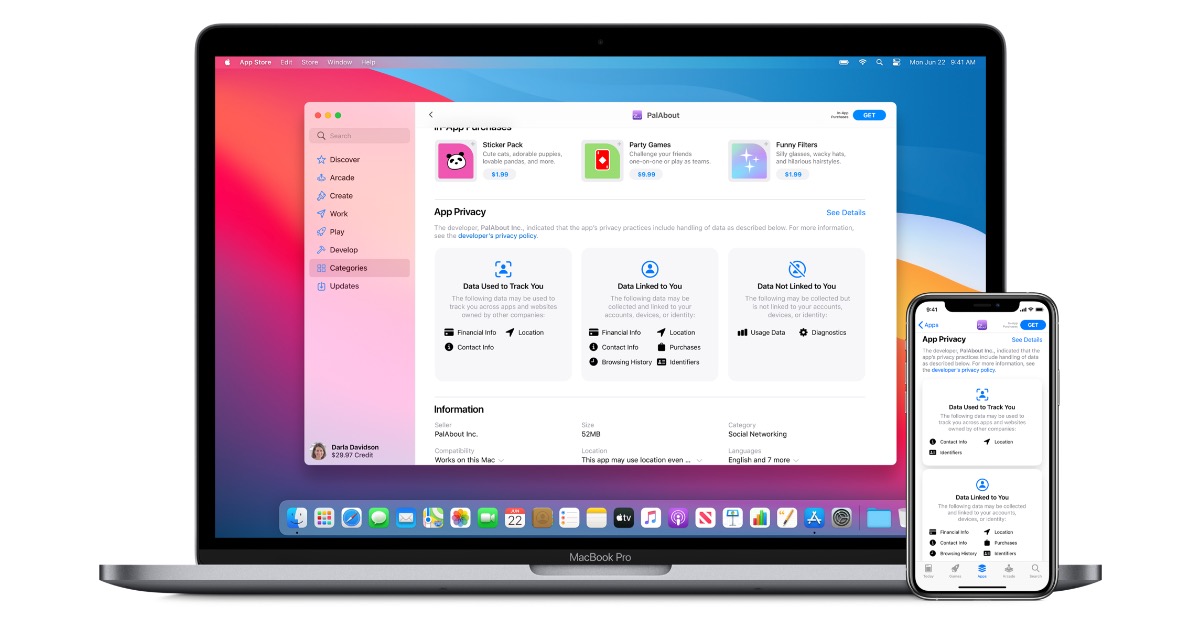Ever since App Store privacy labels were announced, there has been a lot of controversy surrounding them. Google stopped updating its iOS apps for months to delay its imminent privacy label updates in the App Store. However, all of Google’s flagship iOS apps now adhere to Apple’s rules and feature privacy labels.
App Store privacy labels launched in December 2020, and since then any app update that is submitted to the App Store has to feature privacy labels. These labels help users understand what data does the app access. This includes data used to track the user, data linked to the user, and even data that is not linked to the user but is still captured by the app.

Google’s flagship iOS apps now feature privacy nutrition labels
Despite Apple making privacy labels a requirement for all developers, Google did not comply and delayed providing privacy information for its apps. Since it did not cooperate with the Cupertino tech giant, some of Google’s iOS apps did not see updates for months.
In January 2021, Google started adding privacy labels to some of its lesser-popular apps. In February, the company’s more popular apps like Gmail, YouTube, and Search began displaying privacy labels. Last month, Google Docs and Calendar were updated with privacy information.

Now, all of Google’s flagship iOS apps show privacy labels on App Store. According to The 8-bit, Google Photos and Google Maps were the most recent apps to receive privacy labels, meaning all of its apps now follow Apple’s rules.
In early spring, Apple is also going to release a new App Tracking Transparency feature. App Tracking Transparency is a new tool that is aimed at protecting user data by requiring developers to seek permission from a user before tracking them apps and websites.
Read Also:
- Google announces big upgrades for Google Maps including indoor navigation, eco-friendly routes, and weather information
- Android sends 20 times more data to Google, compared to iOS data sent to Apple
- Devices from Apple and Google will accelerate growth of eSIM installation in consumer sector to 94% by 2025